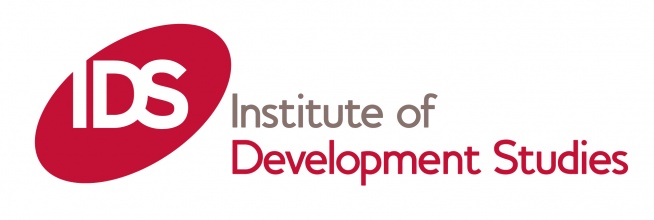
The Customer
Based at the University of Sussex, the Institute of Development Studies (IDS) is a recognised world leader in the field of international development. Working in collaboration with a variety of international partners they are transforming global knowledge for the realisation of equitable and sustainable societies free of poverty and injustice.
The Challenge
The IDS were faced with a range of telecommunications challenges. Their outdated Shoretel phone system was fully paid for but the annual maintenance bill was high and included support for features such as call recording that were not used by the organisation. With the Shoretel approaching end of life the easy option would have been to follow an upgrade path with the same vendor relying on the old technology.
There were a number of factors informing the choice of vendor:
1.There was a recognised need to reduce costs
2.As a modern internationally facing organisation IDS staff travel the world and the benefits of Microsoft Teams collaboration and One Drive were already understood
3.The fact that only between 5 and 10% of the staff were at their desks at any given time suggested that an investment in desktop handsets was an unnecessary indulgence.
4.Moreover there were a number of extensions located in places such as corridors that were not often used.
The Solution
Research of different telephony solutions led to the identification of Microsoft’s Teams Phone System as a possible solution. The Microsoft call plan payments did not suit the IDC needs in particular as it didn’t make sense to have licenses for extensions that were infrequently used.
A viable alternative was introduced in the form of Microsoft Direct Routing for Teams which allows a Communications Provider to replace the Microsoft calling plans with their own using approved Session Border Controller equipment and SIP trunks.

In the IDC case the Direct Routing is provided using the Fuse 2 Microsoft certified cloud SBC solution. This not only provides inbound and outbound voice communications with Teams but allows the integration of third-party systems.
With Fuse 2 this led to a phased approach that would allow IDC to be happy with progress at each stage before moving on to the next. The fact that the Fuse 2 infrastructure was virtual and hosted meant that the solution could be trialled with no upfront hardware costs.
Initial Trial Phase
An initial trial of the Teams solution using headsets only was arranged on small banks of users with the number of trialists planned to gradually increase across different departments.
Because the SIP trunk had been moved from the Shoretel to the SBC, Fuse 2 had complete control over where the calls went, ie to the old PBX or the new solution. This made the whole process of transferring of staff to the trial seamless.
The time period for this trial was left flexible but in practice went so well that the decision for a full rollout was very quickly made.
Phase 1 Rollout
This involved providing the whole company with a Teams account with headsets giving them total mobility with the full voice and collaboration functionality.
Now this is the clever bit. Around a third of the extensions still needed handsets. The old Shoretel phones were proprietary and couldn’t be reused and Microsoft Teams certified handsets are expensive at approaching £200 a go.
Fuse 2 came up with a solution and developed a custom asterisk/SIP platform in their Azure network allowing them to bridge generic SIP Yealink handsets (£35 per unit) and simultaneously pair them to a Teams user. Using the call forking functionality on the Ribbon SBC both devices could be enabled to ring at the same time. This represented huge costs savings and a neat integration story into Teams.
The Shoretel system is being kept been until the existing maintenance contract expires and is connected to the rest of the Teams userbase via Direct Connect and the Fuse 2 cloud.
Phase 3 - Removal of Old System
The beauty of this approach is that the previously referred to little used extensions in corridors still hang off the Shoretel box. When it comes to scrapping the Shoretel completely they can be replaced painlessly with the inexpensive SIP handsets.
The Results
The move integration with Microsoft Teams proved to be seamless and hassle-free. Simplicity and ease-of-use have been emphasised, with voicemail being transferred via Teams and the Outlook client. A one-page user guide was all that was needed in terms of instructions and even this was just a precaution as the User Interface is highly intuitive.
The Fuse 2 solution has proven cost-effective with a fantastic 50% savings on communications costs without the loss of any essential functionality. This combined with the numerous benefits of Teams and Teams calling has moved the IDC into the forefront of the modern communications world. They are no longer just leaders in their field but also in the adoption of modern communications tools delivered and managed via the Fuse 2 cloud.
IT Manager David Beaven said, “delivery of the Fuse 2 telephony solution came at the perfect time for us. The outdated Shoretel system wouldn’t have been appropriate given our ongoing communication needs. We are very happy with the new Teams system and look forward to a continued relationship with Fuse 2.”
